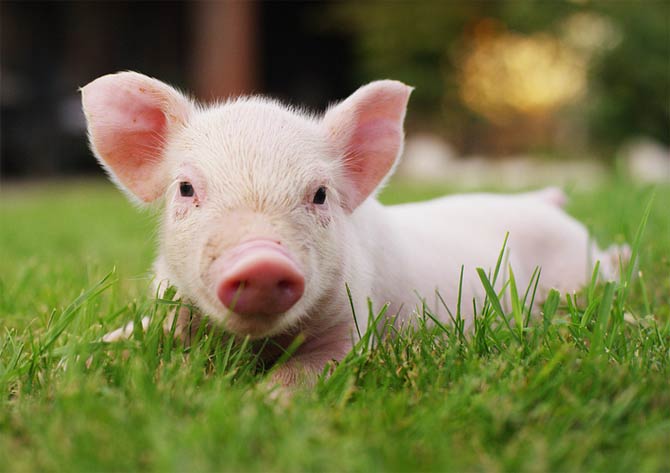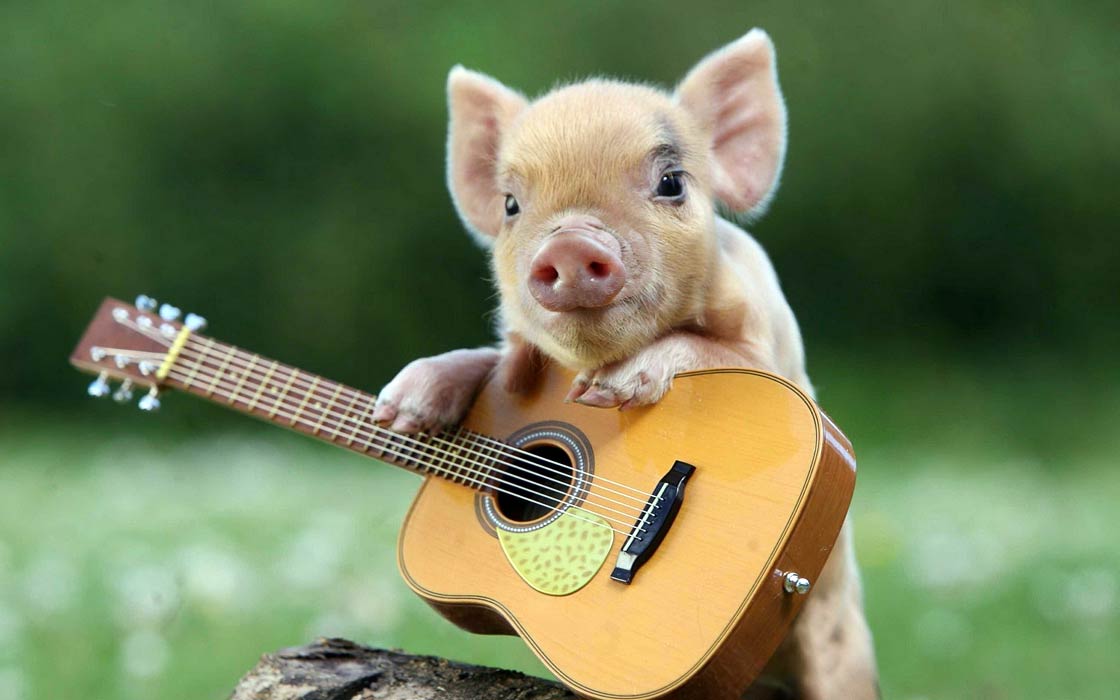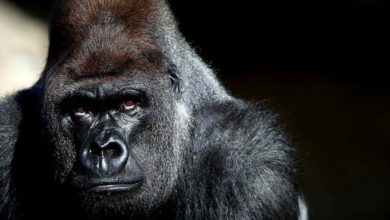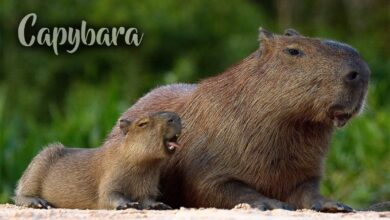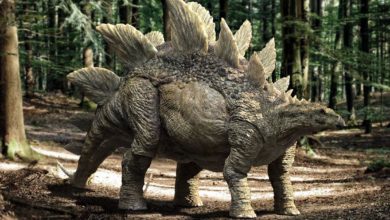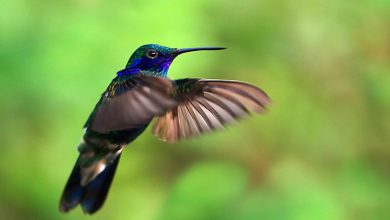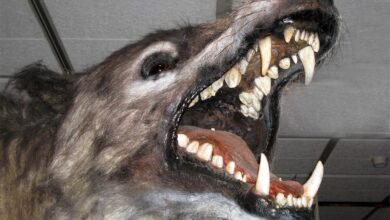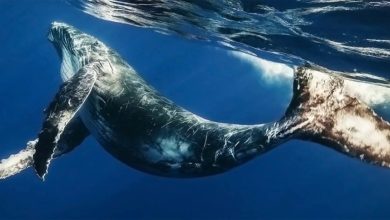Cannibalism among pigs, or what Orwell did not know about pigs
Cannibal pigs
Cannibalism, which consists in eating individuals of your own species, can have various manifestations. The most common form of cannibalism is killing members of the same species in order to obtain food. In some cases, the eating of already deceased representatives of its own species may occur – a scavenger usually has much less food inhibition, because a representative of its species, when it is eaten, has usually been dead for some time. There is also a third form of cannibalism among animals that usually does not result in the death of any individual.
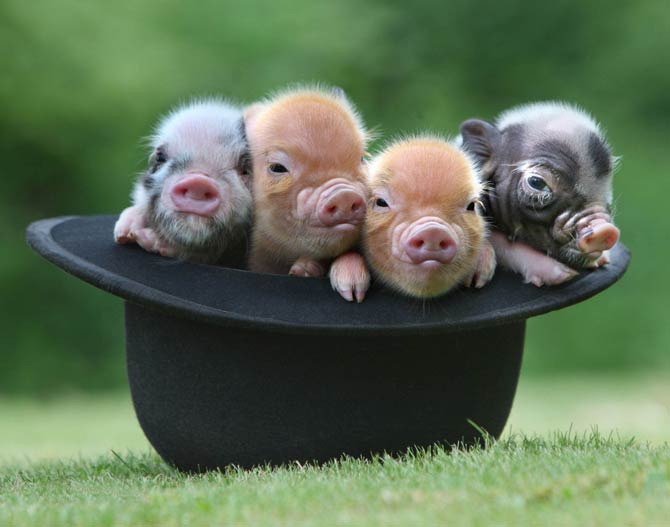
While cannibalism is usually associated with killing, it is a misnomer. Of course, this is its most popular form, but in nature there are exceptions to every rule.
Strange cannibalism in pigs
Cannibalism without killing
Cannibalism, consisting in eating parts of the body of individuals of the same species, without the need to kill the eaten individual, is observed, for example, among pigs. In the case of some farms, there are cases of biting the ears, biting the sides, or the vulva of other animals. In extreme cases, sows may also chew and consume the offspring.
Such behavior is observed in farms where the level of animal welfare is particularly low. Factors that have a particular impact on the risk of cannibalism among pigs include: difficult access to water, insufficient food, or too high a density of individuals, this hinders access to the trough (i.e. the so-called “political cannibalism”, but we all know it ;)).
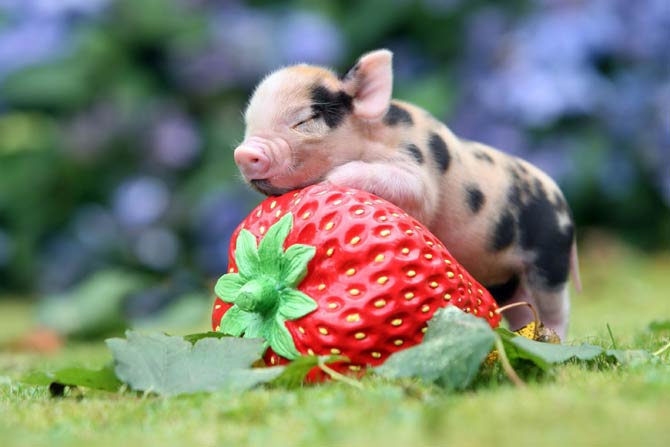
Large farms have a problem
The problem tends to occur on large farms and is more prevalent among piglets and fattening pigs, but this is not the rule – the problem also affects sows that are postpartum (after pregnancy and parturition).
Exceptional cannibalism – the little one attacks the big one
In the case of pigs, however, cannibalism has a kind of uniqueness. In the animal world, the smallest, weakest individuals are usually at risk, and they are sacrificed so that other, better-nourished individuals have a chance of survival. In the case of pigs, however, it is quite different. Breeders who have encountered the problem indicate that the victims are usually not the weak or the sick, but the largest and best fed.
Additionally, the aggressors turn out to be small individuals, often the smallest in the entire breeding. In this case, the situation is easily explained by mere physical fitness. Well, a large individual with a high body weight does not move very quickly, and therefore is not able to escape the attack. A small and malnourished individual is much faster, therefore it is able to bite off its victim’s ears, tail or bite the sides. However, what is the situation when such an act of cannibalism occurs?
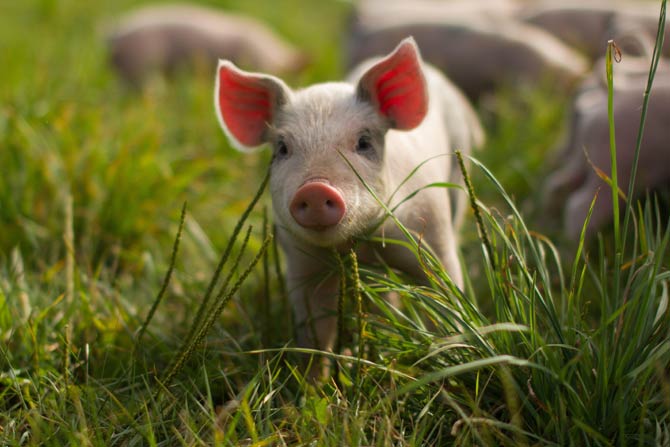
Big risk
The attacked animal is not eaten in its entirety, but such an attack is associated with a high risk. First of all, when other individuals smell blood, they may decide to join in a kind of feast. Even if part of the herd decides to eat another animal to a small extent, the attacked animal may die as a result of too much blood loss. In farms, however, this usually does not happen, because employees or owners intervene in time. However, saving an individual from a raging herd does not end all the problems.
Chewing the tail
There are also situations when the animal survives, even without the intervention of employees of a given farm. These situations are called tail or ear cannibalism. Initially, one of the pigs goes to the other and starts chewing its tail.
The situation seems innocent at this stage, but over time the tail tissues are disturbed and blood appears, causing an increase in chewing and gnawing, often resulting in a complete loss of the tail.
The tail is very weakly innervated, so this act of cannibalism does not involve any particular pain in the attacked animal. The situation is similar in the case of the ears, but they are much better innervated. Despite the attempt to defend itself, usually the attacked individual loses its ear.
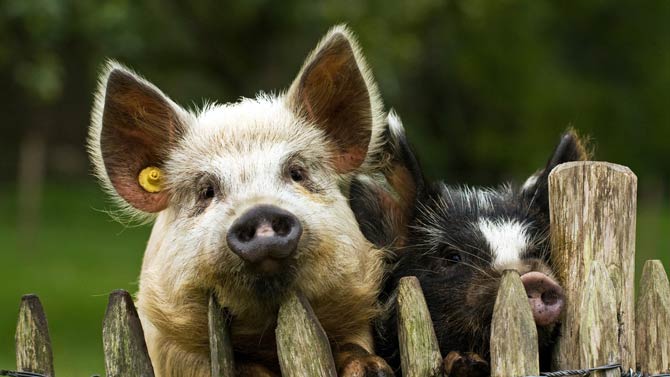
The intensification of acts of cannibalism
Acts of cannibalism in the herd cause severe pain in the attacked individuals and psychological discomfort to practically the entire herd. Animals feel that the danger may come from kin and there is no way to escape from it. Due to the deterioration of the mental state of animals, further acts of cannibalism may occur, related to stress, which the animals also strongly feel.
Vicious circle
This regularity can be likened to a kind of vicious cycle that growers often cannot deal with. This type of behavior among pigs is also very often the cause of huge losses on farms. Even if animals eat “only” the tails or ears of their kin, numerous infections often occur, which are the cause of death among animals.
Cannibalism among pigs is spreading very quickly. Animals learn from each other relatively quickly. First, there is a problem with one individual, but others begin to imitate it. Consequently, if the cannibalistic behavior of pigs is not eradicated quickly, the losses in the herd can be enormous. Other individuals in the herd will also begin to injure each other, and infections and necrotic lesions will begin to appear at the wound sites, which can also lead to the death of the animal.
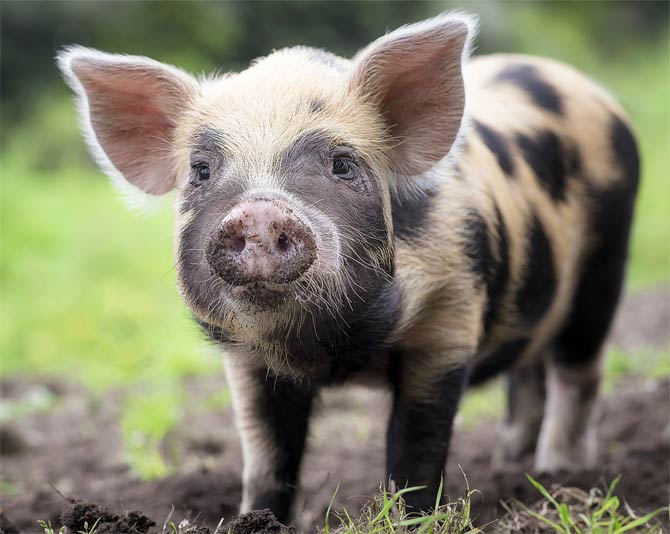
Cause of cannibalism in pigs unknown
Interestingly, despite numerous studies, it is still unknown what causes cannibalism among pigs. One of the most interesting theories (which is also most reflected in the research results) concerns a kind of mental state of pigs. The most common acts of cannibalism among pigs occur on farms where the owners do not decide to introduce barn breeding.
Pigs that have litter bedding in their pig stalls have a chance to satisfy their natural urge to grubbing. With slatted stalls, the animals cannot grub, so there is a kind of emptiness or even boredom in their lives. A substitute for grubbing then becomes interest in the bodies of other individuals, i.e. the already described chewing, which if there is blood, turns into cannibalism.
